One of of Galilean moons cast a giant shadow over Jupiter which was spotted by NASA’s Juno spacecraft
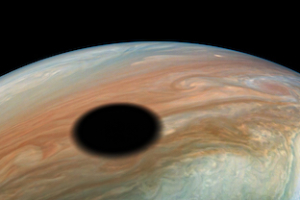 Space Exploration
Space Exploration

 Space Exploration
Space Exploration
One of of Galilean moons cast a giant shadow over Jupiter which was spotted by NASA’s Juno spacecraft
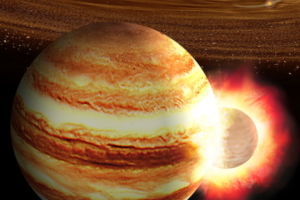 Solar System
Solar System
The object was likely 10 times the mass of the Earth and was able to stir up Jupiter’s core in the process
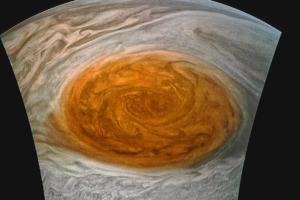 Space Exploration
Space Exploration
NASA’s Juno spacecraft has peered through the clouds of the gas giant to reveal more detail about the planet’s famous storm
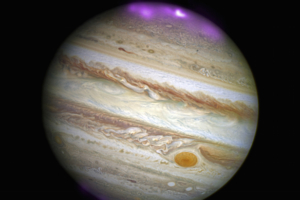 Solar System
Solar System
By observing the X-ray emissions from the Jovian planet, scientists speculate that the planet’s magnetic field could be causing unusual aurora
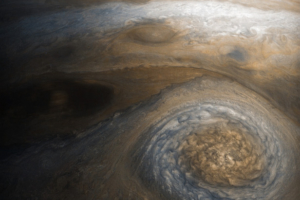 Solar System
Solar System
Citizen scientists processed an image, taken by the Juno spacecraft, which reveals the true madness in Jupiter’s clouds
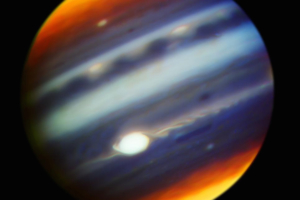 Solar System
Solar System
As Juno approaches the king of the Solar System again, Earth-based telescopes have been observing the prominent storm system
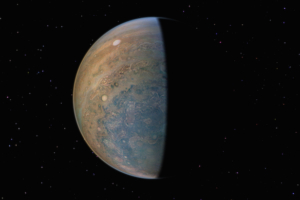 Solar System
Solar System
After almost a year of observing the gas giant, fascinating and complicated findings have been uncovered
[fototag id=”insidejuno”]
The following is an excerpt from our article ‘Juno: The journey to Jupiter’. To read the full article check out issue 7 of All About Space, on sale now.
Mission dates: August 2011 – October 2017
Stargazers have pondered Jupiter for millennia – as the third brightest object in the sky, it demands attention. When Galileo pointed his telescope that way, 400 years ago, he was greeted by colourful clouds and orbiting moons, intensifying the fascination. But even after all these years scrutinising with increasingly powerful telescopes and spacecraft, we still haven’t unlocked all its mysteries, because the outer cloud cover has hidden its interior working from view. Now Juno is on its way, armed with an array of instruments to peek behind the curtain.
NASA’s Juno spacecraft will reach Jupiter in 2016. While there it will study Jupiter’s clouds, analyse the atmosphere, measure its gravitational field and much more. After 33 orbits it will purposefully be de-orbited to burn up in Jupiter’s atmosphere in October 2017.
Find out how the Juno spacecraft will unlock the secrets of Jupiter, the biggest planet in the Solar System, when it arrives in 2016.